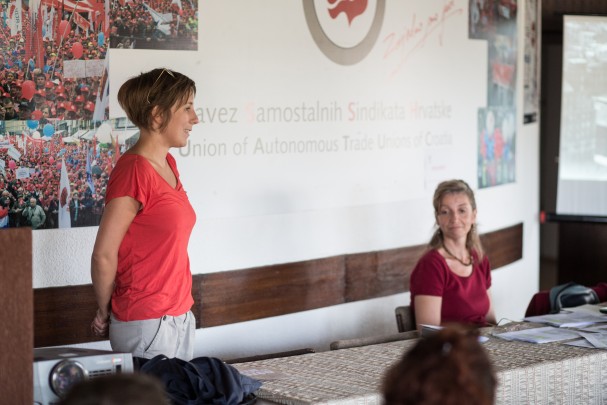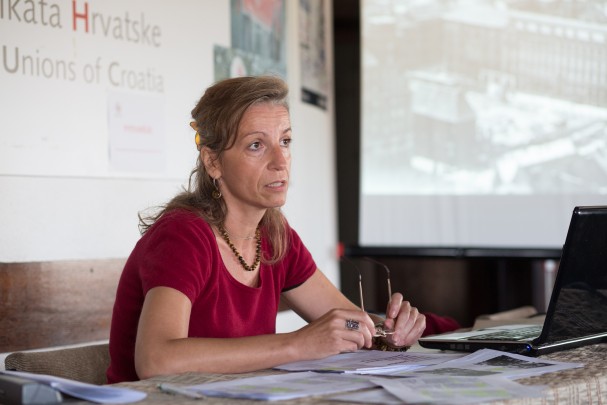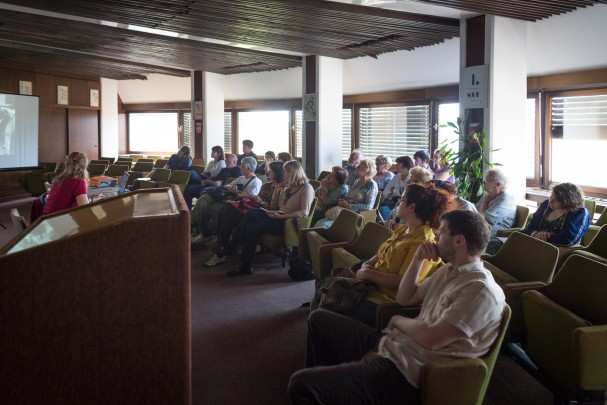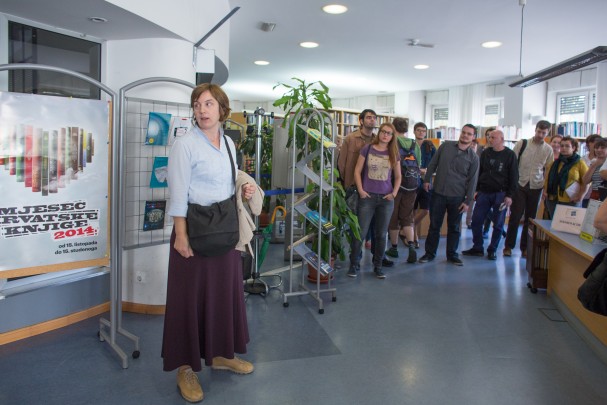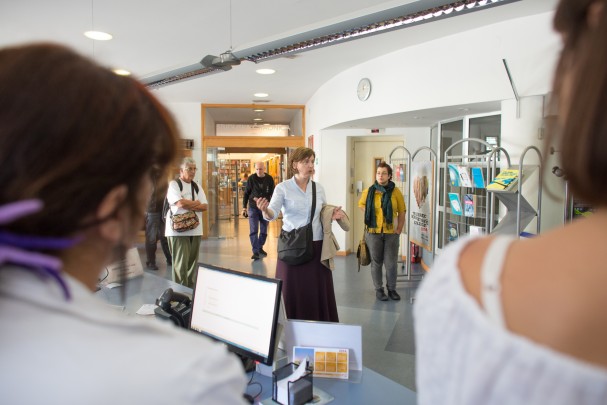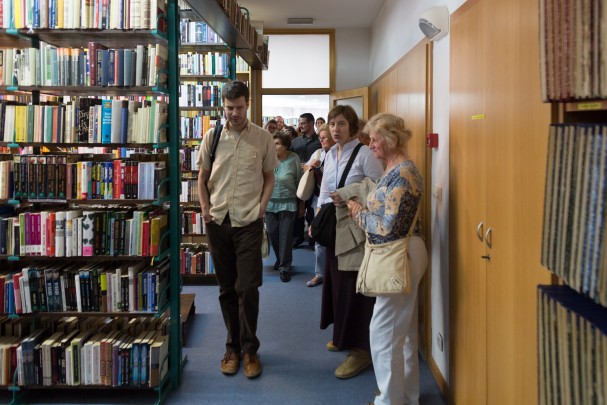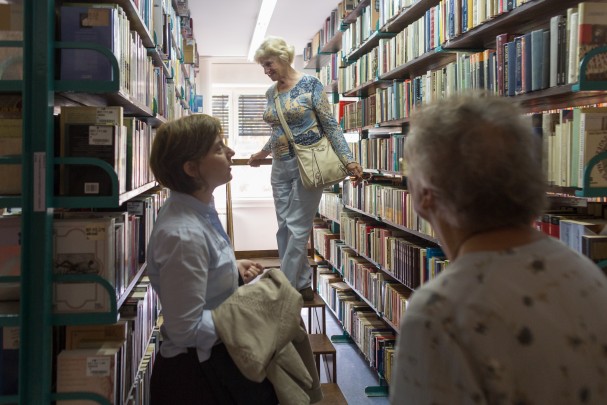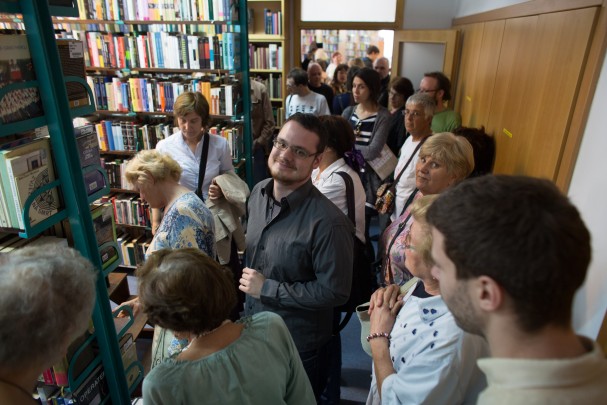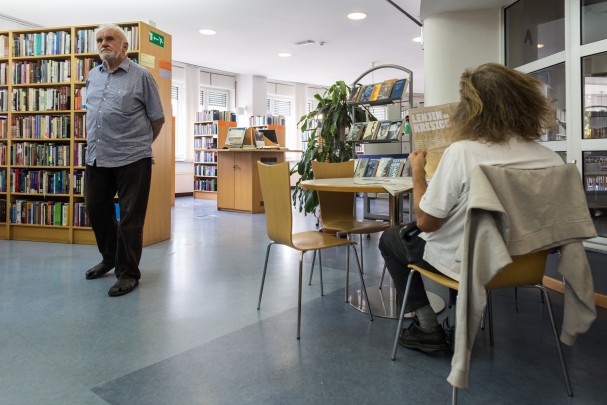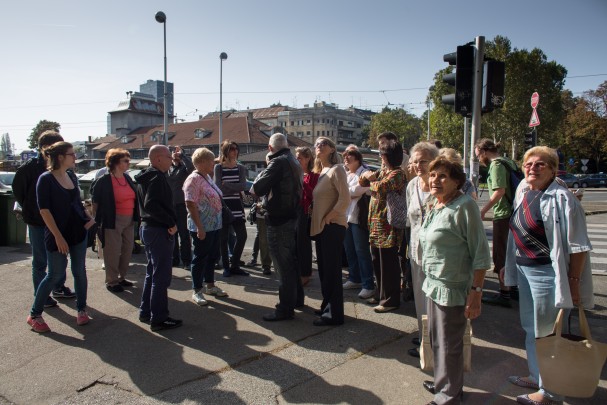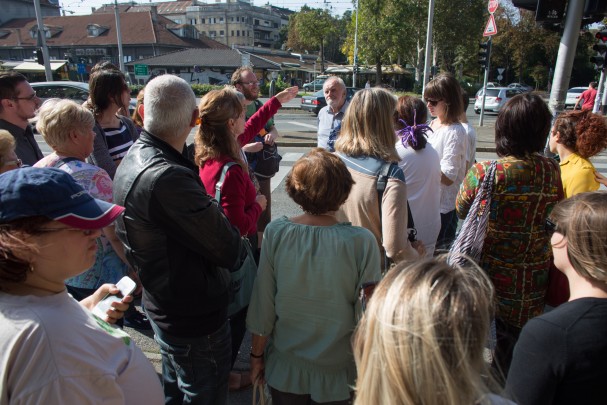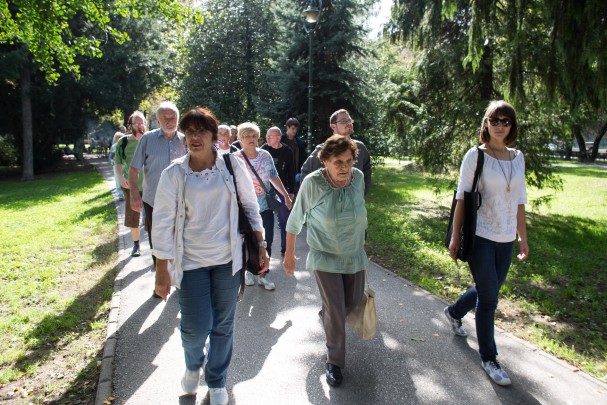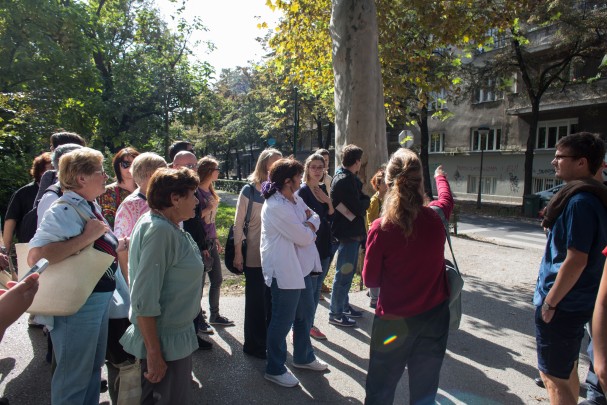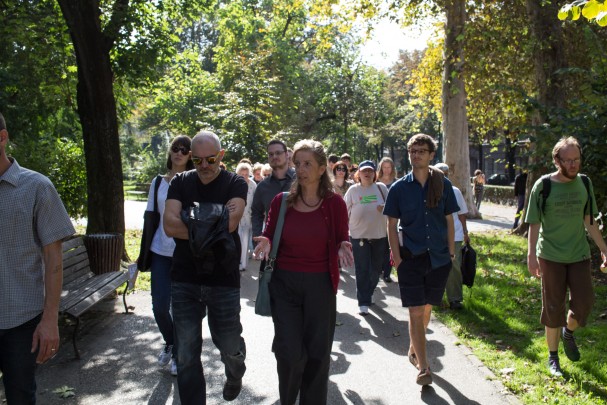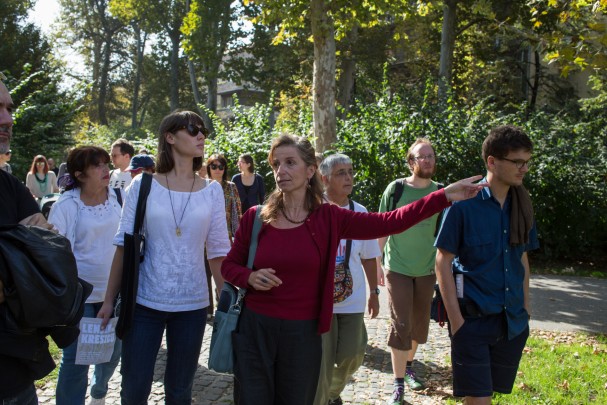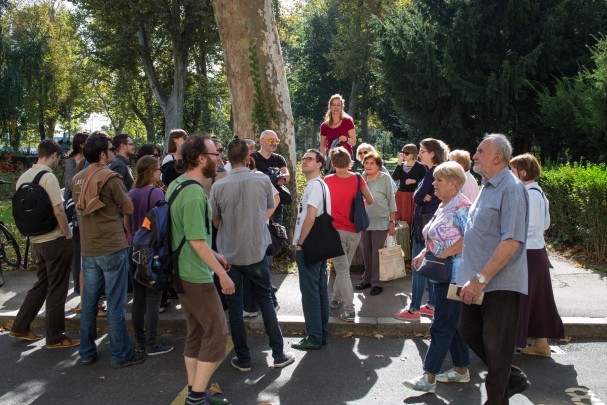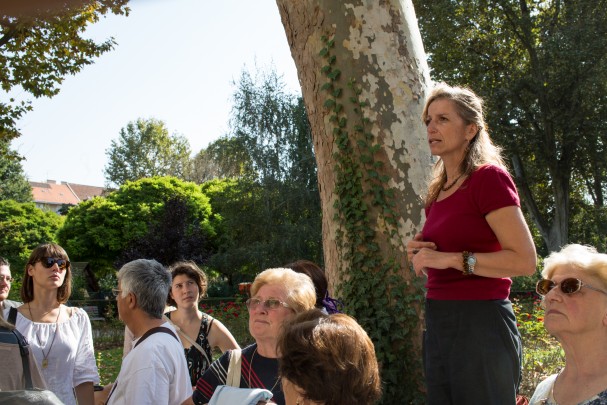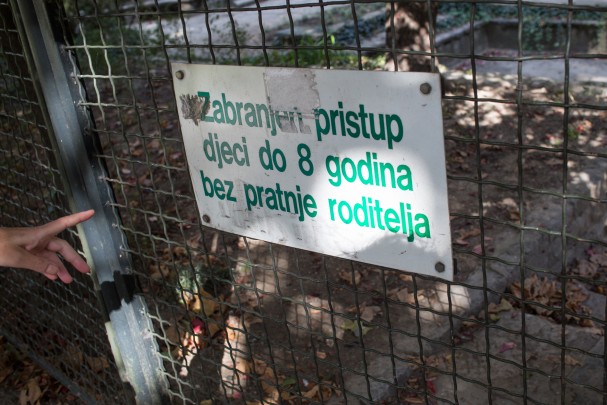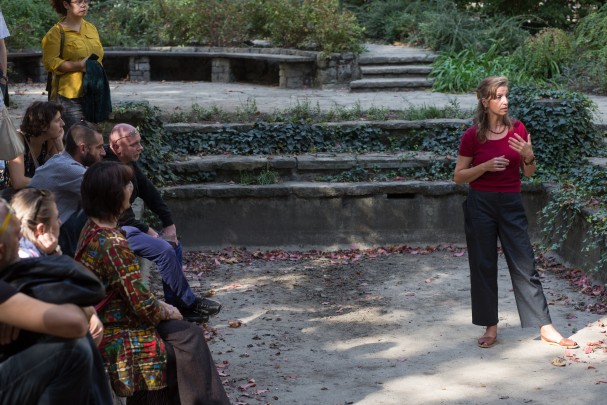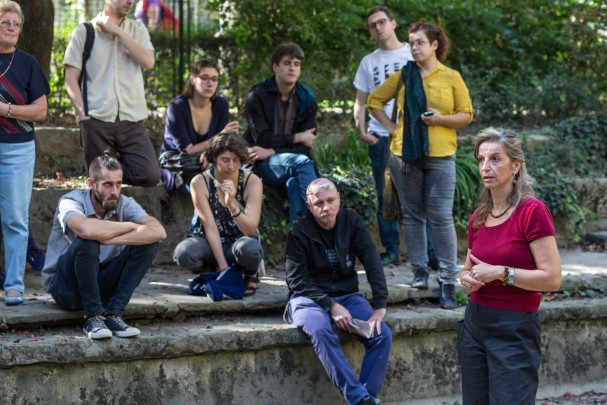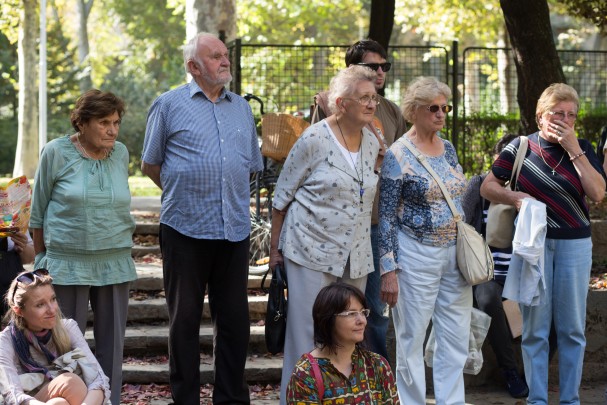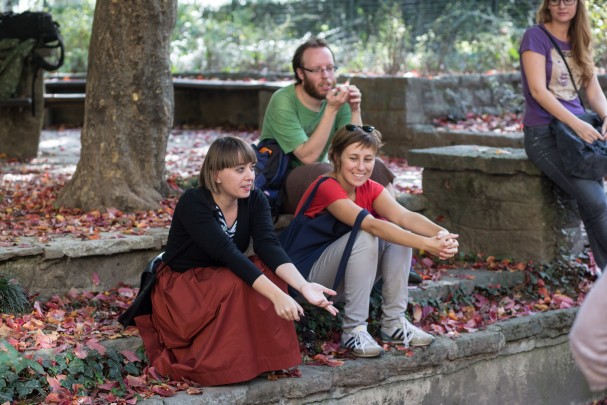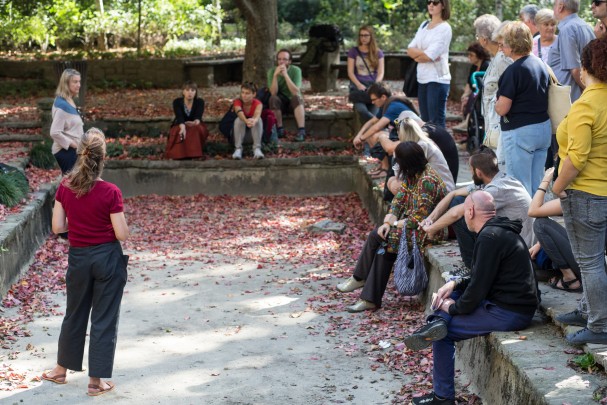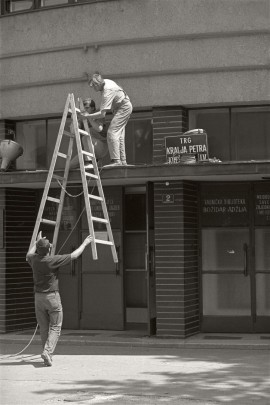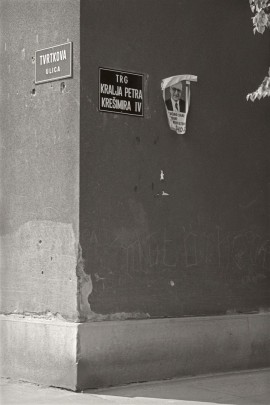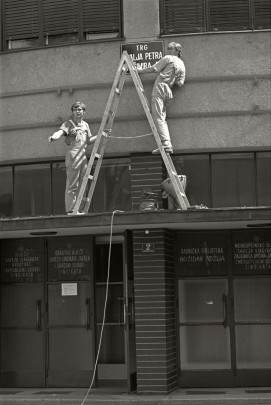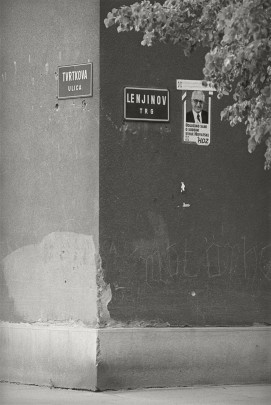Lenin on “Krešić”
Sonja Leboš
“After the so-called ‘age of the founders’ in the 1880s, the morphological structure of Zagreb was most intensely altered in the 1920s and 1930s. Many stories about Zagreb as it was in those times have already been partly told, but the one about the largest square in the city has remained untold. However, the aim of our urban tour Lenin on ‘Krešić’ is not only to tell the story of the morphology of a city district that was new in the 1920s and 1930s.
The story of Krešimir’s Square, or Lenin’s Square (as it was called for some decades) is also a story of the newly created social and intellectual movements of the times, the relationship between capital and urban morphology, the struggle for the city that was going on at the borderline between ideologies and everyday life, between the silence of the libraries and reading halls on the one hand, and the noisy public spaces on the other. For many buildings in Zagreb we know who their owners are (or used to be), but do we know who actually produces (or produced) space?
In those times, same as now, struggle for the city was going on along various lines of thinking and doing. It was possible to negotiate the city and to establish institutions that are still considered progressive today, such as the Workers’ Chamber, which houses the public library ‘Božidar Adžija’. This is the spot where we will start out tour.
Lenin on ‘Krešić’ is not about endorsing a return of busts and statues, but rather a call for reflecting on the city from various standpoints of thinking and doing. We have inherited an exceptionally good morphological structure, as well as good programmatic guidelines for meaningful urban planning. Having analyzed the present regime of use, the question that we want to raise now is precisely programmatic in nature: How does the largest square in Zagreb look like today and how do we want to use it?
This is not a question that can be answered by a single person. It is a question that is meant to trigger a process of negotiation in a community of equal agents in our urban reality.” (SL)
Sonja Leboš (1967) is an urban anthropologist, founder of the Association for Interdisciplinary and Intercultural Research (UIII), in which she has launched several projects of urban and cultural research, as well as platforms for investigating the cultures of remembrance and politics of memory, which she has been linking with the production and distribution of contemporary cultural, artistic, and scholarly practices.
She has authored and co-authored a number of exhibitions (City Ever Grayer, Goethe Institut 2000; The Haunted Architect, Glyptotheque 2012; Urban Equipment, HDD 2010, Gredelj 2013), as well as performative media installations (Mnemosyne – Theatre of Remembrance, MSU, 2010; Cyber-cinematography, Zagreb, Rijeka, Belgrade, Korčula, Split, 2007-2012). She has been working on her PhD dissertation at the University of Zadar, with the working title “The City on Film, Film in the City.”
